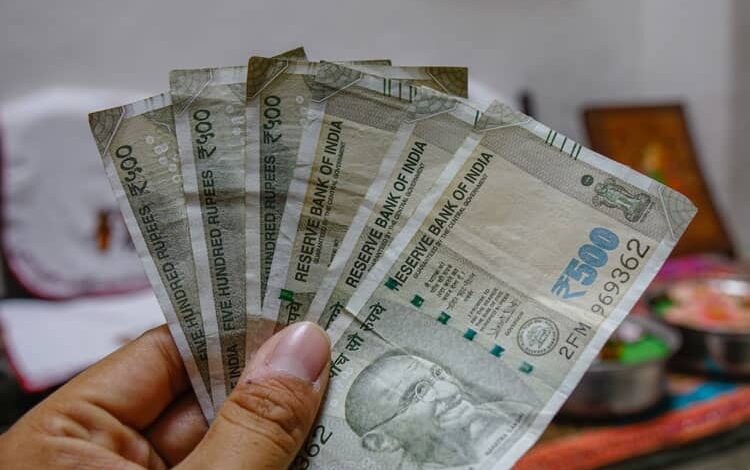
Household debt touches new high as savings hit bottom in India.
India’s household debt burden reached an all-time high of 39.1% of GDP in the third quarter of the current fiscal year, according to an analysis by Motilal Oswal. This exceeds even the previous peak of 38.6% recorded in the last quarter of FY21, driven mainly by a 16.5% year-on-year jump in non-housing loans.
According to RBI data, net financial savings have fallen to a paltry 5% of GDP, indicating squeezed disposable incomes.
Non-housing debts, including unsecured loans, accounted for 72% of total household liabilities and grew faster, at 18.3%, against 12.2% for housing loans.
Banks like ICICI remain aggressively tapped into the personal loan segment contrary to the raised risk-weightage by RBI, which has failed to curb lending.
At 42.7% of GDP, corporate leverage rose marginally on a muted 6.1% increase for quarters now.
The problematic scenario of ballooning debts and diminishing savings has been linked to sluggish consumption owing to economic slowdown and income crunch.
At a delicate juncture, policymakers must balance reining in unsustainable leverage and boosting consumer spending to strengthen recovery.
Urgent corrective actions are needed to restore India’s household financial health as global headwinds continue mounting.



